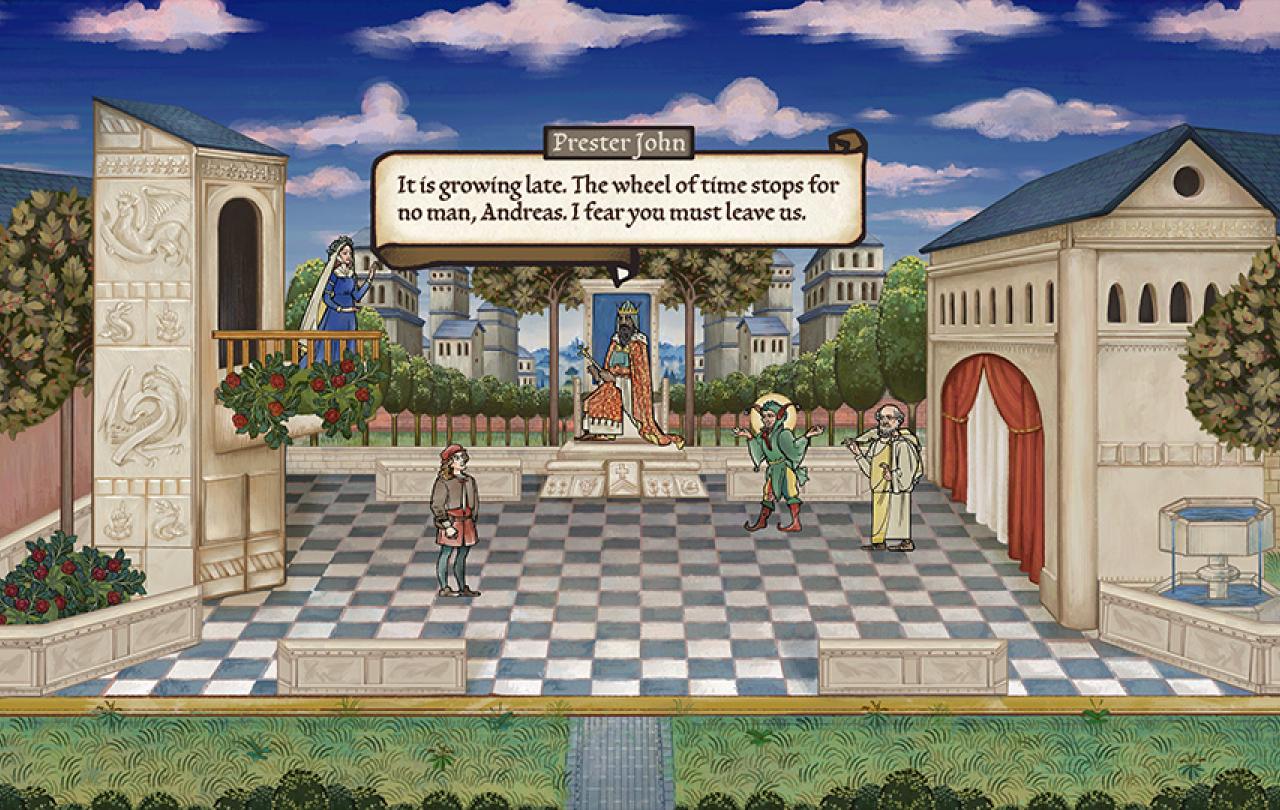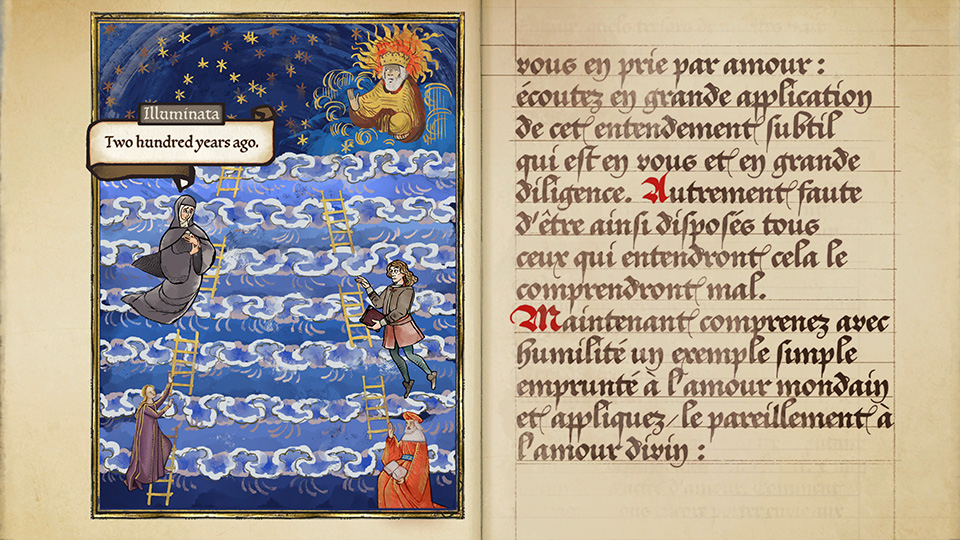Over the past several years, whenever I told friends or family that I was writing a book about charisma, they responded with a reasonable question. Which charismatic figures would I include? They peppered me with suggestions: What about Elvis Presley, or Dolly Parton? Michael Jordan or Muhammad Ali? Surely I had to say something about Taylor Swift, right?
None of these fascinating people appears in this book. As you read it, you will probably think of a dozen others whom you wish I had included, and I’m sure you’ll have a point. I have mostly stuck to individuals who worked to build a movement in organized religion or politics, rather than musicians, artists, or athletes. Even within the spheres of religion and politics, I’ve been selective in order to craft a manageable story and bring into focus the patterns and transformations of charismatic leadership over the course of American history.
Sometimes this is an inspiring story, because charismatic leaders often turn up—and people decide to follow—out of a desperate response to alienation and injustice. People in anguish seek a savior. Yet charisma has no fixed moral standing. It can carve a path to freedom or to enslavement; it can lead people to embrace the rule of law or to sneer at it. Charisma causes problems for democracy as well as for authoritarian regimes. Without a sustained analysis of charisma over the long haul of American history since European settlement began, we are doomed to bumble along, blandly observing that ordinary people declare many allegiances that seem to contradict their own material interests and sabotage democracy—but never understanding why.
Over the past four centuries, five types of charismatic leaders have surged to dominance, each offering a variation on the great paradox, a different way for followers to hand over control while feeling liberated. I use these categories both to classify leaders and their movements, and to chart historical change: each type reacts to the type that came before, and responds to the pressures and anxieties of its own era. Like all typologies, this one maps imperfectly onto real people. Almost no one is a “pure” example of these categories, and some leaders are interesting precisely because they react against their age’s dominant type. But these categories have compelled even leaders who defied easy labels—that’s most of them—to respond to the ascendant charismatic style of their age.
The Prophets take us from the end of the Middle Ages into something beginning to resemble our own world. They drew on ancient patterns of contact with the divine to challenge authorities and captivate followers with the terror and ecstasy of God’s presence. They hewed close to tradition, operating in a time when Old World strictures still constrained life in the New World rather tightly. But some used those traditions to undermine reigning institutions, whether by violent rebellion or illicit gatherings—and so provoked a backlash. If the Prophets conceived of freedom in terms of divine salvation, they often harnessed mystical power for this-worldly ends. Usually this meant dismantling any structure that stood in God’s way.
The Prophets were, essentially, destroyers. In their wake they provoked an age of builders.
The Conquerors rose to prominence in the early nineteenth century—an age of mythology, mass media, and frontier enthusiasm in the European American imagination. They swung away from the age of the Prophets, who had so much to say about how powerless humans are.
Some of the Conquerors wielded military power, but all of them pursued what we might call metaphysical conquest. They fought to control spiritual forces. As the predestinarian Puritanism of earlier generations lost its appeal, more people placed an almost fundamentalist faith in the power of free will. It was tempting to think of spiritual forces—perhaps even the Holy Spirit— as a kind of technology, ready for manipulation. The stakes in these campaigns were high at a time when new advances in science impinged on everyday life. Waves of immigration made the country more religiously and ethnically diverse. Americans felt both freer and yet more confined than ever before.
The Agitators gained sway at the turn of the twentieth century, protesting modernity as a raw deal and democracy as tyranny in disguise. The Conquerors had, overall, expanded government authority over Americans’ lives and advanced a golden idea of progress. Now the pendulum swung back toward calls for destruction. The Agitators found a market for attacking the state and denouncing so-called progress as a lie. They defined themselves as outsiders whether they were or not, and discovered that gaining material power does not mean that one must stop telling a story of exile and affliction. This proved to be an important lesson in an age of world war and economic disaster: global crises have a way of transfiguring an outcast dissenter into a credible threat tot he standing order. Meanwhile, Christians grew wilder in their displays of New Testament charisma—because, paradoxically, it was easier to grapple with what Max Weber called the “iron cage” of modernity by embracing ever more outlandish signs of divine power.
The Experts were, on the face of things, the Agitators’ opposite in charismatic style. They were builders. In the wake of World War II, they capitalized on a backlash against the nightmare years of fascist demagogues, embraced the zenith of traditional institutions’ authority across Western culture and politics, and nurtured Americans’ faith in the power of technology and bureaucracy to solve large-scale problems.
They claimed the mantle of reason and procedure and did their best to relegate the political or religious clout of charisma to the distant past or primitive cultures.
But in fact, the three decades after World War II witnessed an explosion of religious revival in America—led by Christians who spoke in tongues, looked for the end times, and claimed to heal through the power of the Spirit. Even in the domain of credentialed and supposedly secular healing, the line between medicine and spirituality grew fuzzier. These years were the Experts’ apogee of cultural prestige, but Americans’ long- standing ambivalence about intellectual elites persisted. The most successful leaders capitalized on those mixed feelings. They nursed the tension between the Cold War celebration of science and freedom and, on the other hand, the lurking sense that technological leaps obscured eternal truths and needed the organizing power of a good story.
By the end of the twentieth century, as Americans lost faith in established media, churches, government, and nearly every other bulwark of modern society, the destructive strain of charismatic leadership re-surfaced in the form of the Gurus: preachers of self-actualization and get-enlightened-quick schemes, promoting God’s new temp job as personal assistant. Old-fashioned Pentecostal revival persisted too, but its leaders struggled to prevent the culture wars from capturing the Holy Spirit.
The Gurus looked, at first glance, like the Prophets and the Agitators. But in the generations since those earlier eras, it had become harder to pay obeisance to tradition—which was just fine, since the erosion of institutions had weakened traditions anyway, and opened a path for Gurus to achieve more influence than their destructive predecessors. Religious and philosophical tradition, in the hands of the Gurus, was no longer a firm guide but a palette for painting illusions of independence. Sometimes they used it to depict a new reality impervious to fact-checkers.
“Guru,” which means “remover of darkness” in Sanskrit, was originally a religious term. But in the third decade of the twenty-first century, the most prominent guru in the country was a businessman named Donald Trump. Trump was not, personally, a paragon of conventional religious devotion. Yet his political career depended on a hunger among his most dedicated supporters that can only be called spiritual. Like so many relationships between charismatic leaders and their followers, it stumped and angered those on the outside. Against the backdrop of the American charismatic tradition, however, his success makes perfect sense.
How, then, did early modern mystics and Puritan heretics who heard the voice of the Holy Spirit give way to devotees at a modern presidential rally, jostling toward the candidate iPhone-first, praying for a selfie? By the early twenty-first century, most religious institutions in the West had declined into husks of their former authority—at least by the usual measures. Today commentators turn more than ever to materialist explanations for political dysfunction, polarization, and the culture’s general crisis of confidence. They cite growing social inequality, impassable disagreements on policy, persistent racism and xenophobia, evil automated forces lurking on the internet. All true—yet all insufficient accounts. If we define the religious impulse as a hunger for transcendent meaning and a reflex to worship, then it is a human instinct only slightly less basic than the need for food and shelter, and Americans are no less religious than they have ever been. They will always find a way to satisfy these desires, even if charisma carries them down strange and costly paths.
Spellbound: How Charisma Shaped American History from the Puritans to Donald Trump, Penguin Random House, 2025.







